Description
Familiarity with treatment
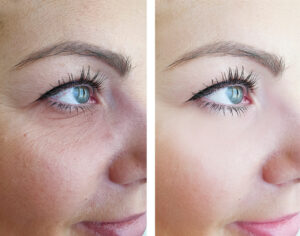 CO2 laser treatment is a minimally invasive procedure that uses a carbon dioxide (CO2) laser to remove or repair skin tissue. The laser emits a powerful and precise beam of light that targets specific areas of the skin with minimal damage to surrounding tissue. CO2 laser treatment can be used to treat a variety of skin conditions, including wrinkles, scars, sun damage, and pigmentation issues. The treatment helps to stimulate collagen production, which improves skin elasticity and texture. The procedure typically takes about 30 minutes to an hour, depending on the size and location of the treatment area, and requires little to no downtime. Patients may experience some redness or swelling immediately following the procedure, but this typically resolves within a few days. CO2 laser treatment is generally safe and effective, but potential risks and complications should be discussed with a healthcare professional.
CO2 laser treatment is a minimally invasive procedure that uses a carbon dioxide (CO2) laser to remove or repair skin tissue. The laser emits a powerful and precise beam of light that targets specific areas of the skin with minimal damage to surrounding tissue. CO2 laser treatment can be used to treat a variety of skin conditions, including wrinkles, scars, sun damage, and pigmentation issues. The treatment helps to stimulate collagen production, which improves skin elasticity and texture. The procedure typically takes about 30 minutes to an hour, depending on the size and location of the treatment area, and requires little to no downtime. Patients may experience some redness or swelling immediately following the procedure, but this typically resolves within a few days. CO2 laser treatment is generally safe and effective, but potential risks and complications should be discussed with a healthcare professional.Who is it suitable for?
CO2 laser treatment is a suitable option for people who have various skin concerns, such as
- acne scars
- fine lines and wrinkles
- hyperpigmentation
- and rough or uneven skin texture.
It is also effective for treating skin conditions like
- warts
- skin tags
- and benign moles.
CO2 laser works by vaporizing a portion of the skin, which stimulates the growth of new, healthy skin cells and collagen production. This results in smoother, clearer, and more youthful-looking skin.
Who is it not suitable for?
CO2 laser treatments are generally safe and effective for a wide range of individuals seeking cosmetic or medical treatment for various skin conditions. However, certain individuals should avoid or be cautious when considering CO2 laser therapy.
Patients with darker skin tones, such as those of African and Hispanic descent, may be at a greater risk of developing post-inflammatory hyperpigmentation and scarring due to the high energy levels of CO2 lasers. Similarly, individuals with a history of keloid or hypertrophic scarring may be more prone to scarring after treatment. Patients with active skin infections, such as herpes simplex outbreaks or bacterial infections, in the area to be treated should postpone laser therapy until the infection has resolved. Additionally, pregnant women should avoid laser treatments until after delivery, as the effects of the laser on a developing fetus are not fully understood. It is important to speak with a qualified healthcare professional to determine if CO2 laser therapy is appropriate for your individual circumstances.
Advantages
CO2 laser treatment is a popular cosmetic and medical procedure that involves using a carbon dioxide laser to remove or resurface the skin. Its benefits include its precision, which allows for more targeted treatments with less damage to surrounding tissues. The vaporizing effect of the laser also results in less bleeding and scarring, making it a favorable option for skin resurfacing.
CO2 laser treatment can also improve the appearance of fine lines, wrinkles, and age spots. It can stimulate collagen production, which leads to firmer, smoother, and younger-looking skin. In addition, it can be used to treat scars, acne, and other skin imperfections.
The procedure is usually done on an outpatient basis, and patients can return to their normal activities shortly after treatment. Overall, CO2 laser treatment is considered safe and effective, and its benefits have made it a popular choice for people seeking cosmetic and medical skin treatments.
Complications
Although the Co2 laser has revolutionized many different types of surgical procedures, it is not without its potential complications. One common issue with Co2 laser treatment is the possibility of scarring or hyperpigmentation. Additionally, the laser can cause damage to surrounding tissues, including nerves, blood vessels, and organs. Depending on the specific treatment being performed, there may also be a risk of infection or other complications associated with anesthesia and post-operative care.
Patients who undergo Co2 laser treatment should be closely monitored for any signs of adverse reactions or complications, and any concerns should be addressed promptly by a qualified healthcare professional. Ultimately, while Co2 laser treatment can be highly effective for a variety of medical and cosmetic procedures, it is important to carefully weigh the risks and benefits before deciding to undergo treatment.
Previous care
Before the treatment, the patient should avoid sun exposure and use sunscreen to protect the skin. The patient should also avoid using any topical products containing retinoids or exfoliating agents for at least a week prior to the treatment.
During the procedure, the healthcare provider will use protective eyewear and may give local anesthesia to minimize discomfort. After the treatment, the patient should avoid exposing the treated area to the sun and use a gentle cleanser and moisturizer to prevent any irritation and promote healing.
In summary, the previous care for treatment with CO2 laser includes avoiding sun exposure, avoiding certain skincare products, and using protective measures during and after the treatment to prevent any complications and promote healing.
Aftercare
Aftercare for treatment with CO2 laser will vary depending on the type and severity of the treatment. However, in general, it is recommended to keep the treated area clean and dry for at least 24 hours after the procedure. Avoid touching or rubbing the treated area and use mild cleansers when showering or bathing for the next several days. In addition, applying ice packs or using aloe vera or other cooling agents may help with swelling or discomfort. It is important to avoid excessive sun exposure and wear sunscreen on the treated area for several weeks following the treatment to prevent skin damage and maintain the best results. Follow-up visits with the treating physician may also be necessary to evaluate healing progress and ensure that any potential complications are addressed.
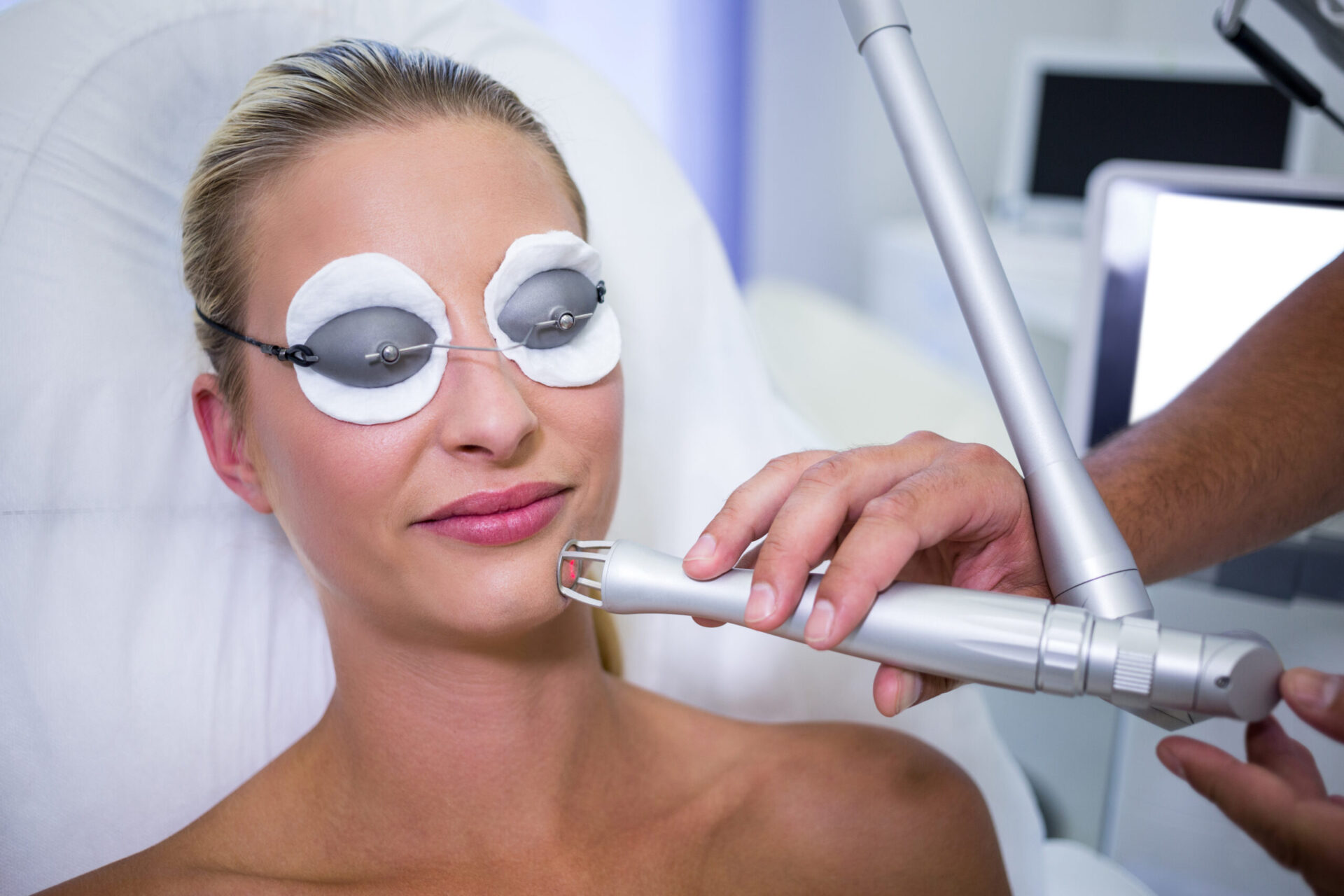
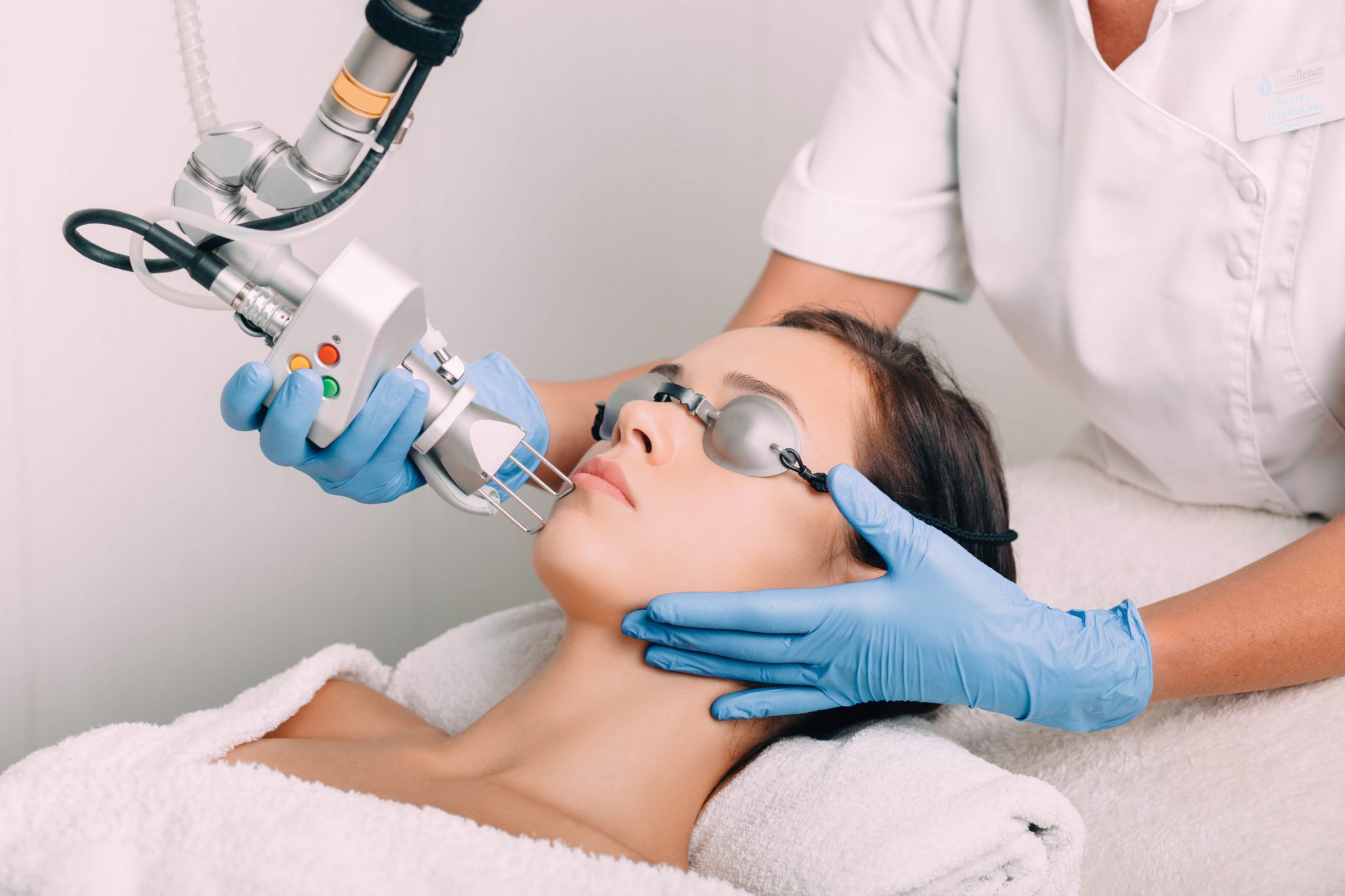
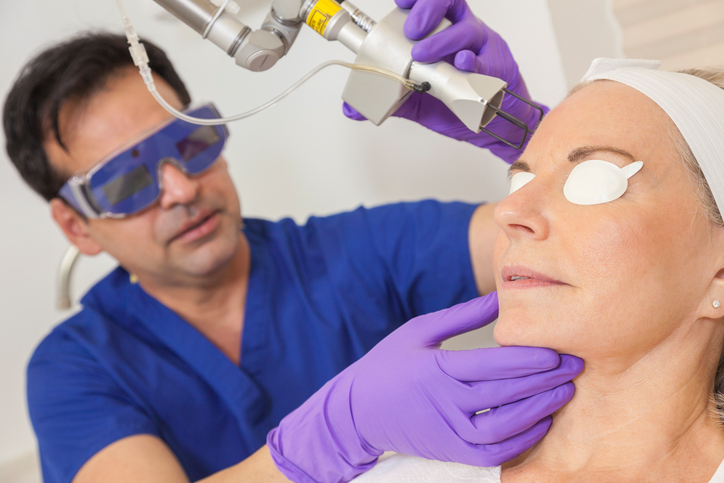
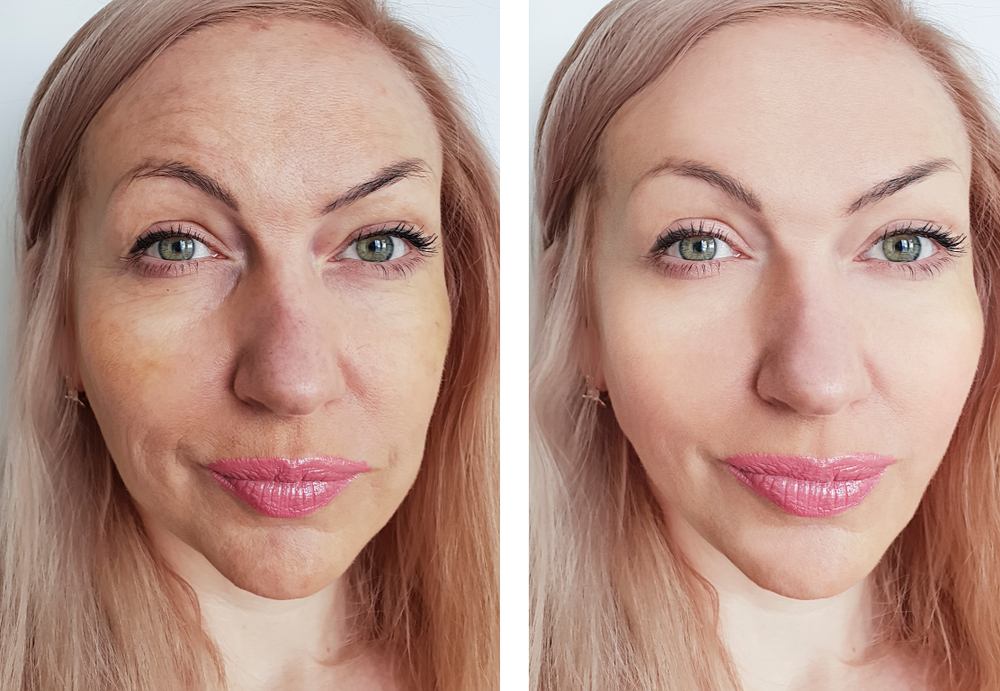
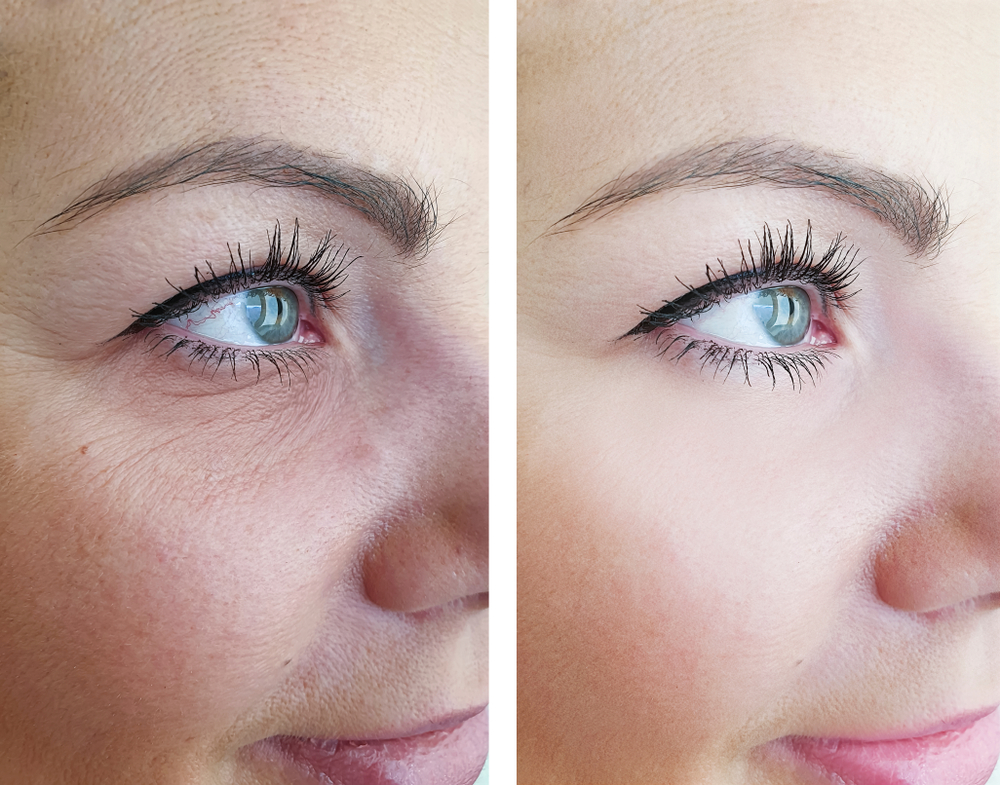
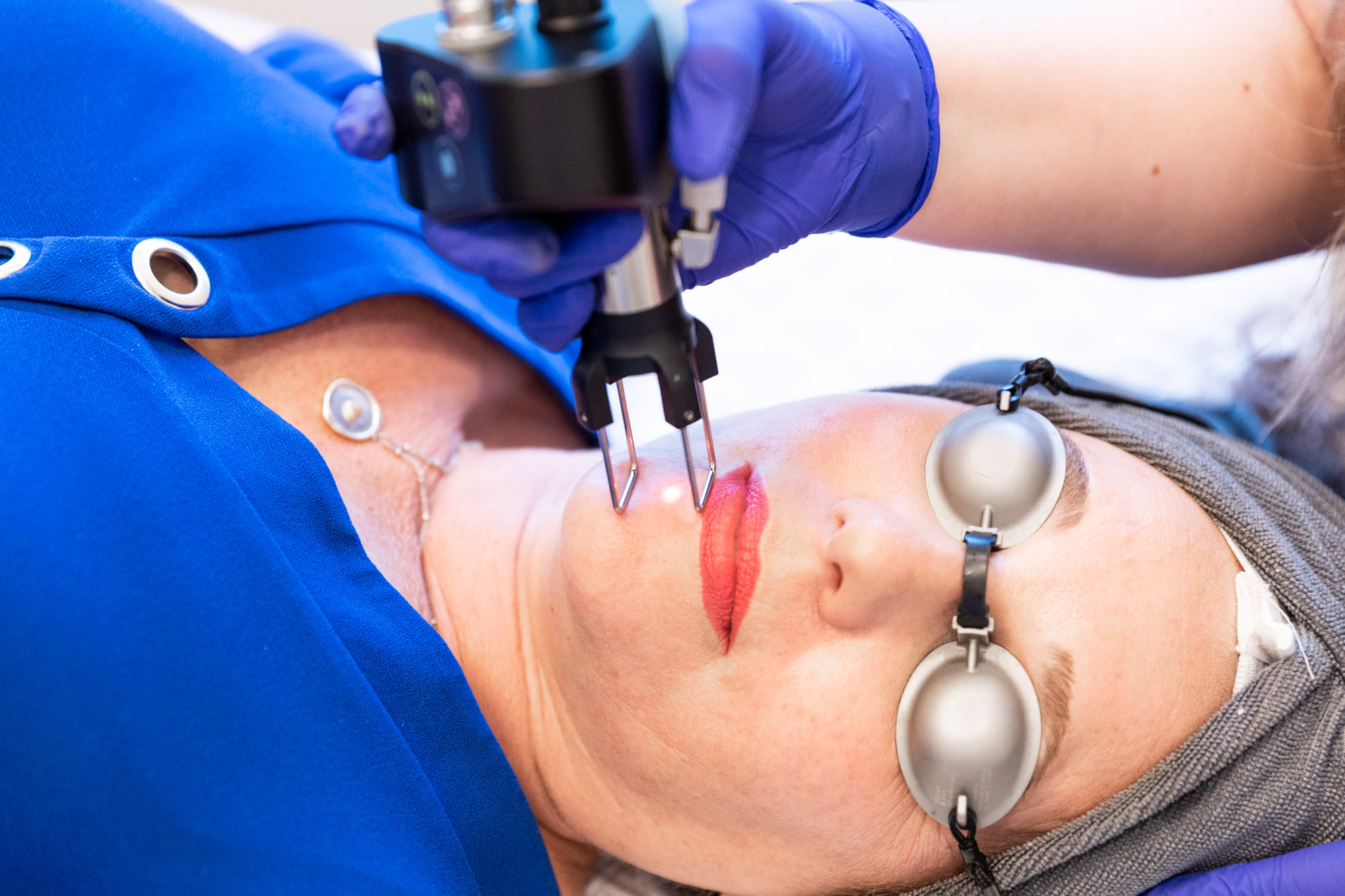
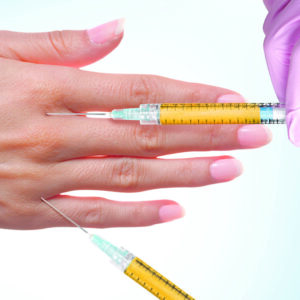
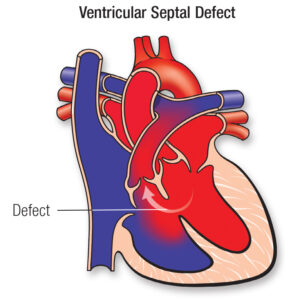
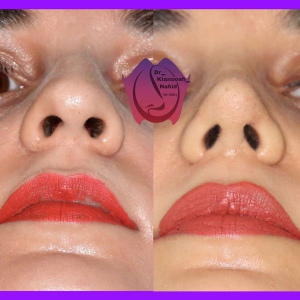
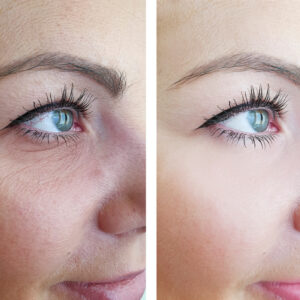
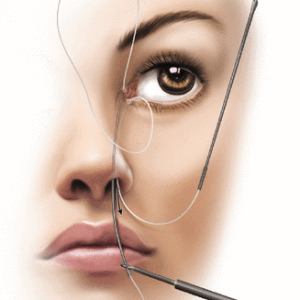
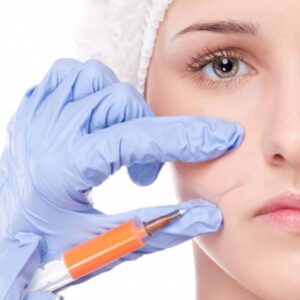
Reviews
There are no reviews yet.